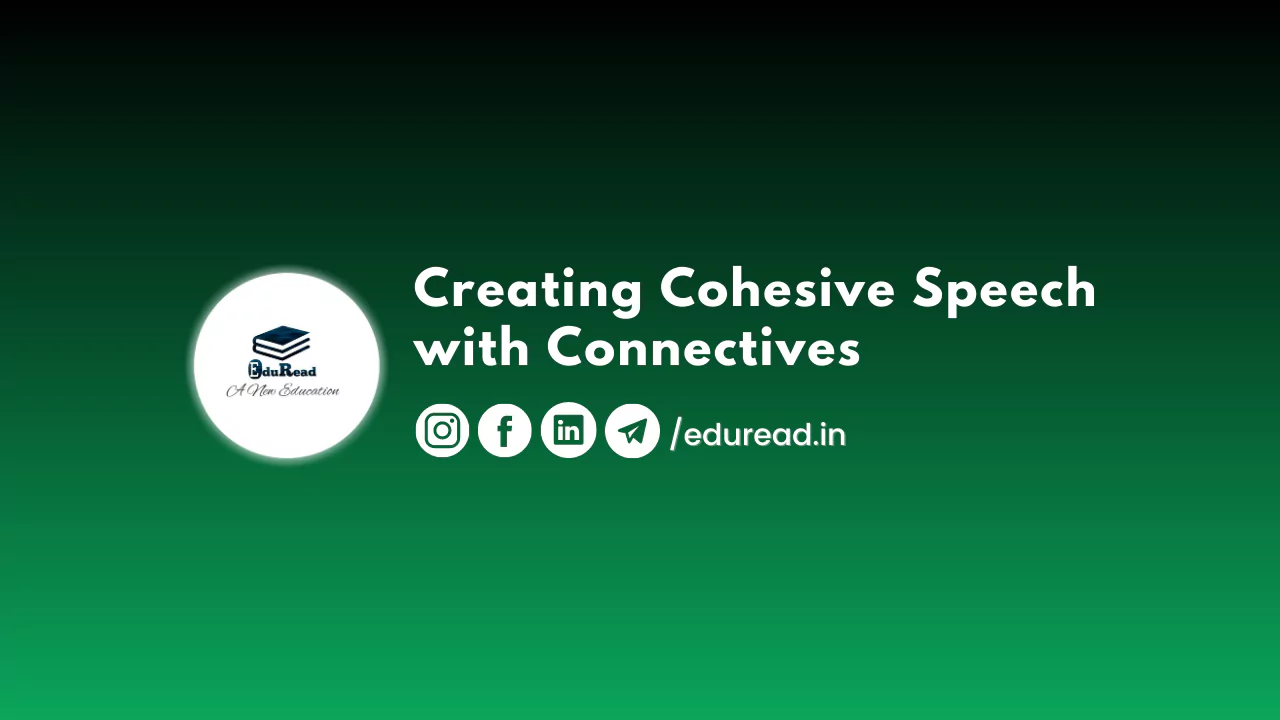Effective communication is an essential skill in today’s world. Whether you’re giving a presentation, attending a meeting, or having a conversation with someone, it’s important to ensure that your speech is cohesive and easy to follow. In this blog post, we’ll discuss the importance of using connectives to create cohesive speech and provide some tips for using them effectively.
Section 1: Introduction
The introduction of your speech sets the tone for the rest of your presentation. Start with a strong opening that captures the attention of your audience. Use connectives like “firstly,” “next,” and “finally” to organize your ideas and give your speech structure.
Section 2: Using Connectives to Build Cohesion
Connectives are words or phrases that link ideas together and make your speech more cohesive. Using connectives helps your audience follow your train of thought and understand the relationships between different ideas. Some examples of connectives include “and,” “but,” “however,” “therefore,” and “consequently.”
Section 3: Types of Connectives
There are several different types of connectives you can use to build cohesion in your speech. Coordinating connectives link two ideas of equal importance, such as “and,” “but,” and “or.” Subordinating connectives link two ideas of unequal importance, such as “although,” “because,” and “while.” Adverbial connectives link ideas in time, place, or manner, such as “finally,” “meanwhile,” and “similarly.”
Section 4: Examples of Using Connectives
To illustrate the effective use of connectives, let’s look at an example speech about the benefits of exercise. The speaker might start with a coordinating connective like “firstly,” to introduce the topic and talk about the importance of exercise. Then, they might use a subordinating connective like “although,” to acknowledge that some people find it difficult to exercise regularly. Next, they could use an adverbial connective like “meanwhile,” to talk about the benefits of exercise for mental health. Finally, they could use a coordinating connective like “so” to conclude the speech and summarize the main points.
Section 5: Tips for Using Connectives Effectively
To use connectives effectively, consider the following tips:
- Use a variety of connectives to keep your speech interesting and engaging.
- Make sure your connectives are appropriate for the level of formality of your speech.
- Use connectives sparingly to avoid overwhelming your audience with too much information.
- Practice your speech to ensure that your connectives flow smoothly and don’t disrupt the natural rhythm of your speech.
Conclusion
In conclusion, using connectives is a simple yet powerful way to create cohesive speech. By using connectives like “firstly,” “although,” and “meanwhile,” you can link your ideas together and make your speech more engaging and easy to follow. So, the next time you’re preparing a speech, be sure to consider the role of connectives in building cohesion and delivering an effective message.
Remember, effective communication is not just about what you say, but how you say it. By using connectives to build cohesion in your speech, you can capture the attention of your audience and deliver your message with clarity and impact.
Follow Us for more such content to improve your speaking skills:
To know more, check out here: https://eduread.in/important-adverbs-you-must-know-to-speak-effectively-speak-new-york/
And visit us for more.
